Corten steel, also known as weathering steel, is a group of alloys developed to look rusted after years of exposure to the elements. This eliminates the need for painting, making it a very convenient material. In addition, its appearance has an industrial vibe that many architects have learned to exploit in ingenious and intriguing ways. The following examples illustrate the unique relationship between corten steel and architecture. Let’s take a look at them together.
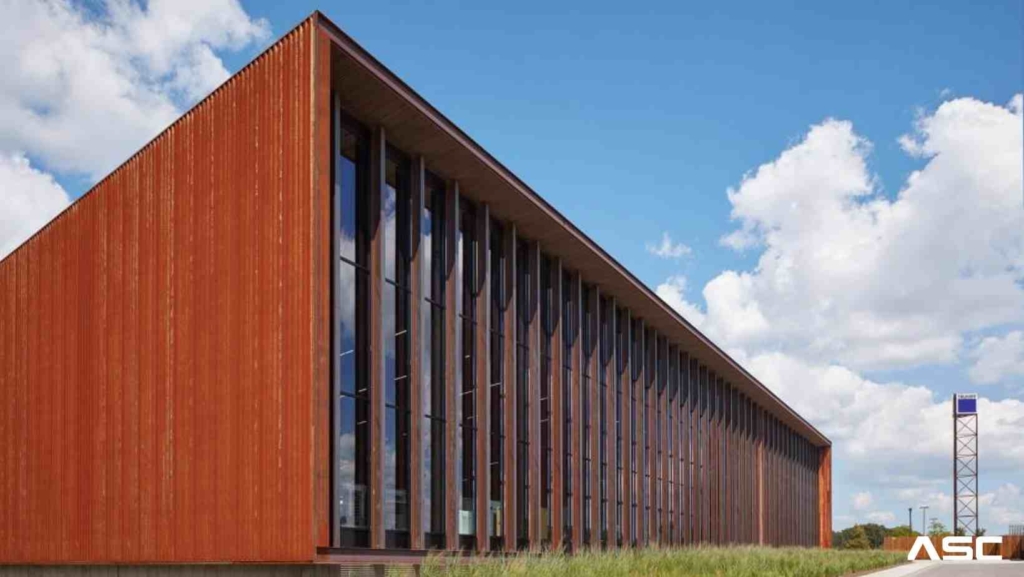
Due to its weathering resistance and elegant appearance, Cor-ten Steel is a material of choice for architects. Due to its high strength and weldability, it is an excellent weathering-resistant steel. Corten Steel In Architecture is the new definition of design. The structural steel’s characteristic orange-brown rusted appearance adds to its tasteful appearance. As a material with similar mechanical properties to conventional steels, Cor-ten can be used to construct lighter structures with well-established design practices. It also has improved weathering properties.
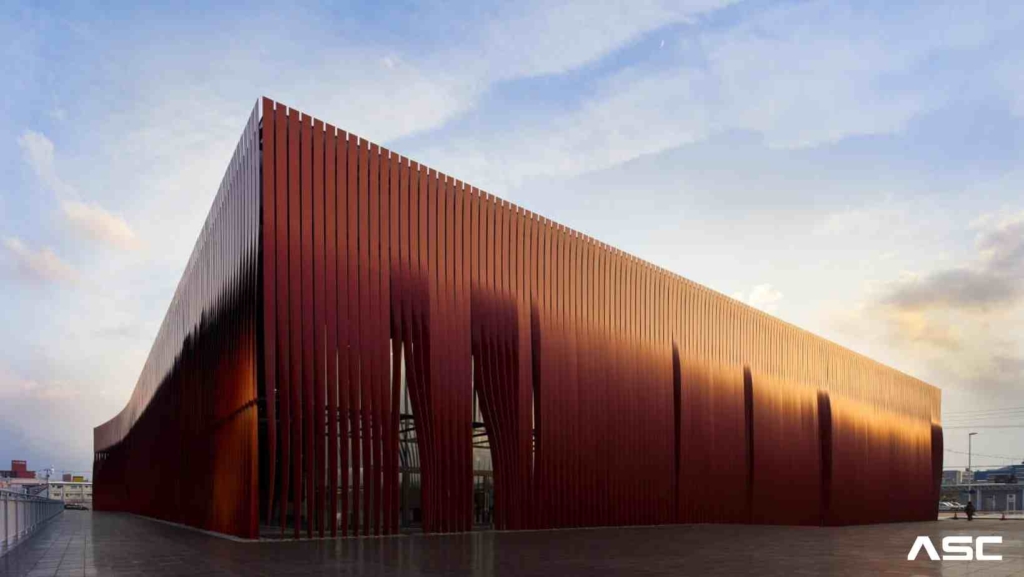
During weathering, the steel develops a protective oxide coating that prevents further corrosion. When the coating is damaged or chips away, Cor-ten Steel repairs itself to maintain its protective properties. Because Cor-ten Steel self-repairs, it is ideal for projects that require little maintenance. Corten Steel In Architecture is the first choice of designer Furthermore, it means low maintenance and repair costs since the steel creates a protective layer that effectively slows corrosion. In addition, Corten provides corrosion resistance to unpainted areas that have been damaged, and reduces under-paint corrosion.
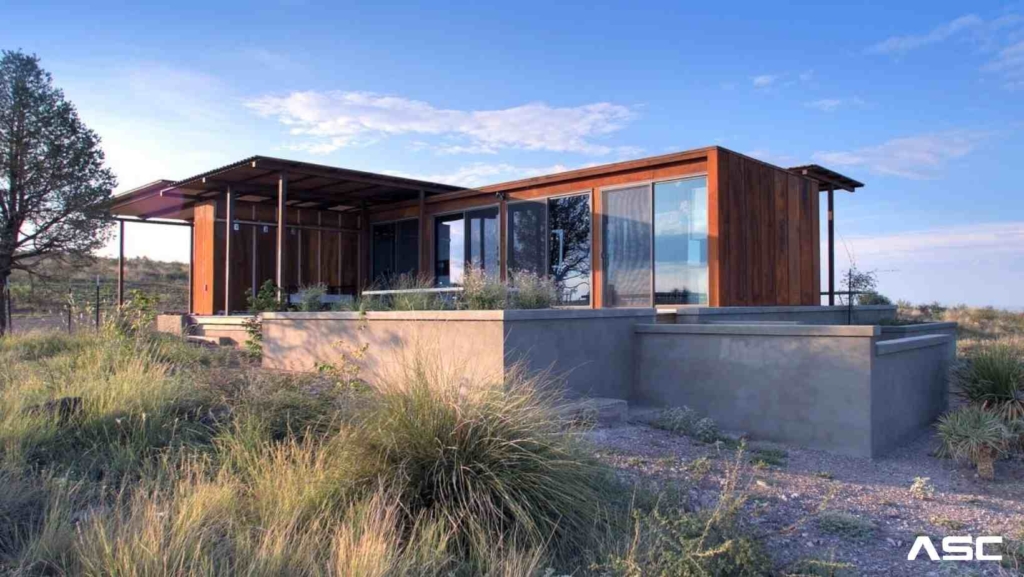
Modern architecture uses Cor-ten steel to create strong, durable and beautiful structures. Its orange-brown rusted finish gives it an elegant and modern look, and its high strength, low alloy, weldability, and weathering resistance make it an excellent choice for modern structures. An example of Cor-ten Steel being used in a modern building is Barrow House, located in the Lincolnshire Wolds. Owners wanted to live and work there while enjoying the natural beauty of the area.
Corten Steel was chosen for the exterior of this modern structure due to its durability and characteristics. The weathering resistance of Cor-ten made it the ideal choice since it would be exposed to a range of weathering conditions. In addition, it ensured low maintenance costs over time.
Corten Steel's Wonderful Influence On Architecture
Corten steel, also known as weathering steel, has gained popularity in architecture for its unique aesthetics and practical applications. Architecture has been greatly influenced by Corten steel in the following ways:
- A warm, earthy, and rustic appearance is created by Corten steel’s rusted appearance over time, adding character and uniqueness to architectural designs. Natural rust patina on Corten steel gives buildings a weathered, aged, and industrial appearance that complements a variety of architectural styles.
- Corten steel is highly durable and corrosion-resistant, so it is ideal for outdoor applications in a wide range of climates. As a result of its high tensile strength and resistance to weathering, including extreme temperatures, humidity, and saltwater exposure, it is a long-lasting and cost-effective material for architectural projects.
- Various architectural applications, such as facades, cladding, roofing, and structural elements, can benefit from Corten steel’s strength and structural integrity. It provides stability and longevity to structures of all sizes, regardless of their size.
- Corten steel is considered an environmentally friendly material since it does not require ongoing painting or maintenance, thus requiring less energy and resources. In addition to creating a protective barrier, the rusting process also eliminates the need for additional coatings or treatments. In addition, Corten steel can be recycled, making it a sustainable option for architectural designs.
- Corten steel is a versatile material that can be used in a variety of architectural applications, including buildings, bridges, sculptures, landscape design, and outdoor furniture. In addition to being easily fabricated and formed, it allows architects and designers to create unique and innovative designs.
- Incorporates seamlessly with the environment: Corten steel blends seamlessly with its surroundings, making it a popular choice for architectural projects that aim to integrate with the natural environment or existing urban context. Designed to function equally well in natural landscapes, urban settings, and industrial settings, its earthy tones and rustic appearance fit seamlessly into any setting.
Advantages Of Corten Steel In Architecture
That’s for sure! There are several advantages to using weathering steel in architecture, also known as Corten steel. The following are some of the wonderful influences of Corten steel on architecture:
- Corten steel has a warm and rustic appearance that adds character and uniqueness to architectural designs as it develops a unique rusted appearance over time. Its earthy tones and natural patina complement a variety of architectural styles, making it a popular choice among architects and designers.
- Due to its durability and resistance to corrosion, Corten steel is an ideal material for outdoor applications in a variety of climates. The high tensile strength and weathering properties of this material allow it to withstand harsh environmental conditions, such as extreme temperatures, humidity, and saltwater exposure, without losing its structural integrity. The patina on corten steel also prevents it from corroding, so additional coatings and treatments are not necessary.
- Steel is known for its high strength and stability, making it suitable for a variety of architectural applications, including facades, cladding, roofing, and structural elements. Providing stability and longevity to structures, its structural integrity and load-bearing capacity make it a reliable choice for both small and large projects.
- As Corten steel does not require ongoing painting or maintenance, it is considered an eco-friendly material. A protective barrier is created by the natural rusting process, so it is not necessary to apply additional coatings or treatments that could be harmful to the environment. The corten steel used in architectural designs is also recyclable, making it an eco-friendly choice.
- Corten steel is a versatile material that can easily be fabricated into various shapes and sizes, which allows architects and designers to create unique and innovative designs. Among its architectural applications are buildings, bridges, sculptures, landscape design, and outdoor furniture, providing endless design possibilities.
- Its ability to blend seamlessly with its surroundings makes corten steel a popular choice for architectural projects that aim to integrate with the natural environment or existing urban context. The rustic appearance and earthy tones harmonize with natural landscapes, urban settings, or industrial environments, creating a cohesive and contextual design.
Disadvantage Of Corten Steel In Architecture
Corten steel has many advantages in architecture, but it also has some potential disadvantages that may need to be considered in certain circumstances. Corten steel has the following disadvantages in architecture:
- The initial cost of corten steel can be higher than the cost of traditional construction materials, such as mild steel and aluminum. Corten steel costs may vary depending on the availability, size, and thickness of the material, as well as the complexity of the design and fabrication process. In this way, it may increase the overall project cost, which can be a disadvantage for projects with tight budgets.
- It can take time for Corten steel’s weathering process to fully develop, even though many architects and designers consider it an attractive aesthetic feature. During the weathering process, rust runoff from the material may stain nearby surfaces or require additional maintenance. For projects that require an immediate and pristine appearance, this can be a disadvantage.
- Corten steel is known for its low maintenance requirements, but in certain circumstances, it may still need some maintenance. If the material is used in an environment with high levels of saltwater exposure, regular cleaning and maintenance may be necessary to prevent salt buildup and corrosion. Corten steel’s rusted patina may also require occasional touch-ups or treatments to maintain its appearance.
- During the rusting process, corten steel can produce runoff that can stain surrounding surfaces, such as walls, sidewalks, or driveways. In projects where staining is not desired or frequent cleaning is required to maintain the appearance of the surrounding areas, this can be a potential disadvantage.
- Availability and fabrication challenges: Corten steel may not be readily available in all regions, affecting logistics and project lead times. Additionally, Corten steel may require specialized equipment and expertise to fabricate, as it can be more challenging than traditional construction materials. In regions or projects where Corten steel is not easily accessible or may require additional resources for fabrication, this can be a disadvantage.



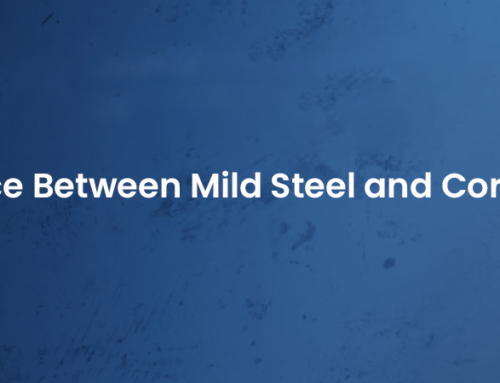
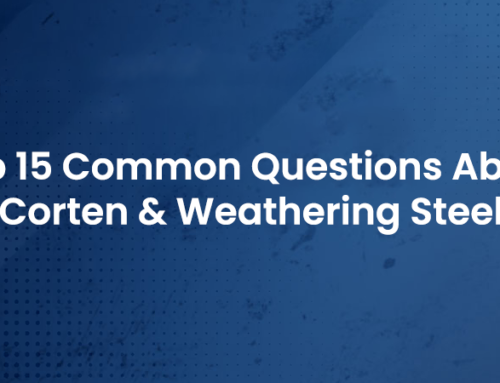
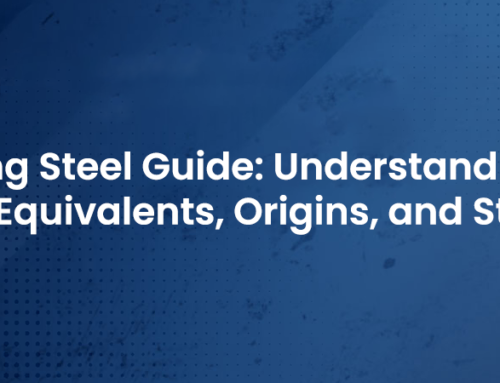
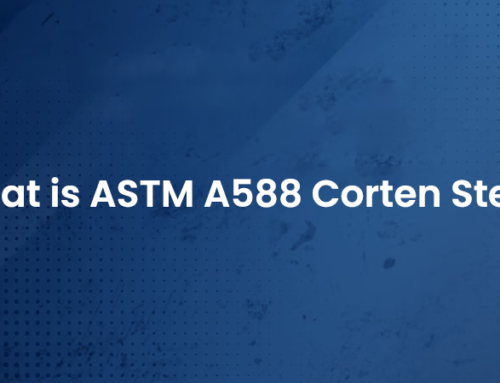
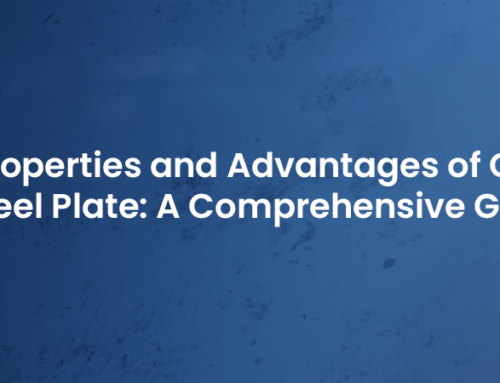
Leave A Comment